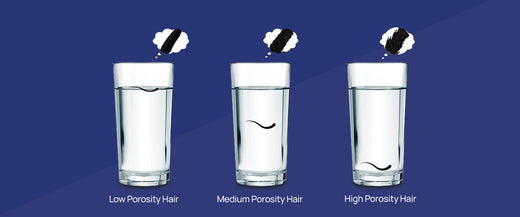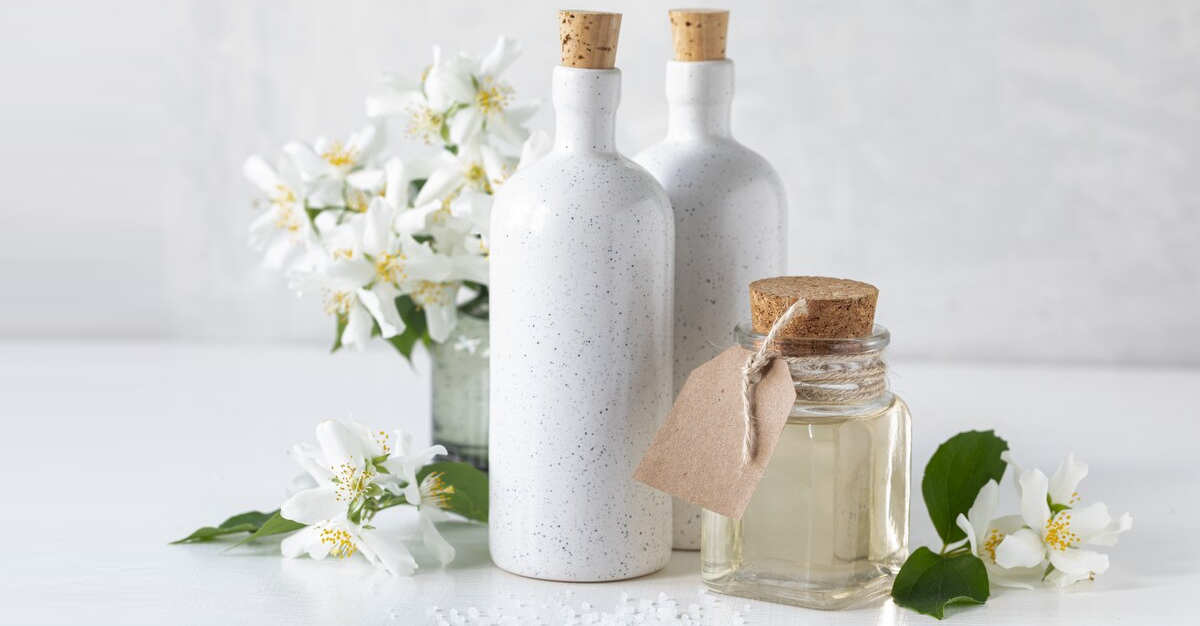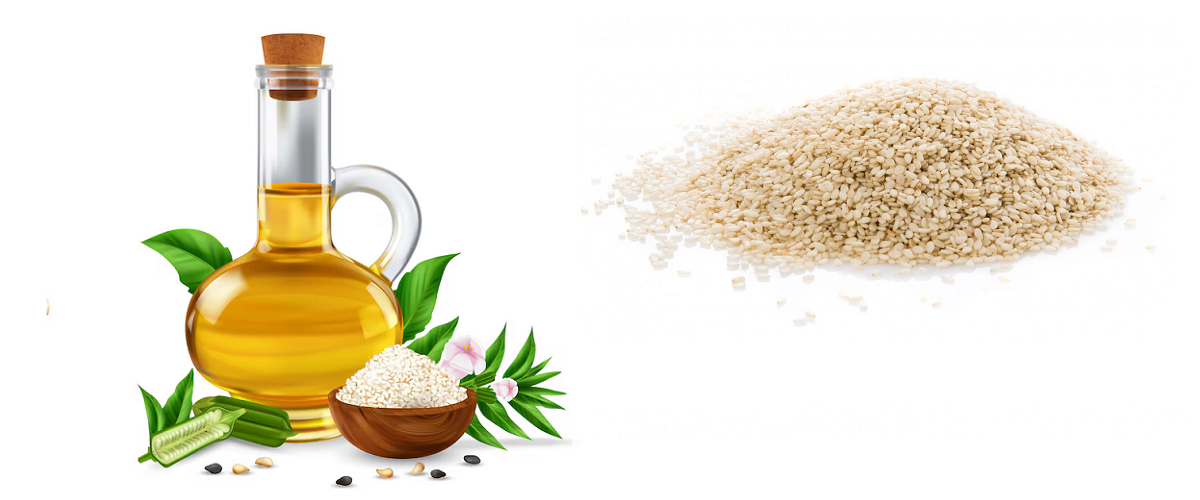What is a Low Porosity Hair: Causes, Symptoms and Treatment
Evidence Based
All the information in this blog post is accurate, trustworthy, scientifically based and has been written and fact-checked by our experts and doctors.
Our licensed nutritionists and dietitians are committed to being objective, unbiased and honest, presenting all sides of the argument.
This article includes scientific references in brackets, which are clickable links to research papers from reputable academic organizations.

Ladies & Gentlemen! Ever wondered about your hair feeling heavy or greasy, or struggling to hold moisture despite using multiple products? Why does your hair never absorb the right treatments? You might be dealing with Low-Porosity Hair. It’s more common than you think, but understanding it can be a game-changer for getting your best hair.
Worry not. We'll explore what low porosity hair is, what causes it, how to recognize the signs, and most importantly, how to treat it for a healthier, more manageable mane.
[ Read: Different Types of Hair Porosity ]
What is Low Porosity Hair?
Low-porosity hair refers to strands with tightly closed cuticles, making it harder for moisture or products to penetrate the hair shaft. While this might sound like a good thing (no frizz or damage from product overload), it can leave your hair feeling dry, stiff, or weighed down by products that just sit on top.
Causes of Low Porosity Hair
Various factors can influence low-porosity hair:
- Genetics: Hair porosity is largely hereditary. If your family members have low-porosity hair, you are more likely to have it too.
- Chemical Treatments: Overusing relaxers, dyes, or other treatments can disrupt the hair cuticle, leading to low porosity.
- Excessive Protein Use: Protein-based hair products can create buildup, further sealing the cuticle and contributing to low porosity over time.
- Environmental Factors: Hard water and pollution can coat the hair, making the cuticles less receptive to moisture.
Signs and Symptoms of Low Porosity Hair
Recognizing the signs of low porosity hair is essential for tailoring your hair care routine effectively. Here’s what to look out for:
- Products Stay on Top: You might notice that conditioners and oils sit on the surface of your hair instead of absorbing.
- Slow to Dry: Even after towel-drying, low-porosity hair takes a long time to air dry or feel dry to the touch.
- Hard to Style: Low porosity hair resists change, making it difficult to achieve certain styles or volume.
- Oily Appearance: Since moisture isn't absorbed well, oils and products tend to build up on your hair, giving it a greasy look without feeling hydrated.
How To Test Your Hair Porosity?
If you are not sure about your hair’s porosity? Try this quick and simple float test to find out:
Test 1 - Float Test:
To test your hair’s porosity, start with clean, dry hair. Take a single strand and drop it into a glass of water. If it floats on the water then your hair has low porosity. This simple float test helps you understand how well your hair absorbs and retains moisture, guiding you to the right care routine.
Test 2 - Spray Test:
To test hair porosity, fill a spray bottle with water and spritz it onto your hair. If the water forms beads and rolls off, it indicates low porosity, meaning your hair doesn’t absorb moisture easily.
Effective Treatments for Low Porosity Hair:
Caring for low-porosity hair requires thoughtful techniques and products that help moisture penetrate the hair’s tightly closed cuticles.
Here’s how to manage it effectively:
- Clear Your Hair: Use a clarifying shampoo weekly to eliminate product buildup and enhance moisture absorption.
- Choose Lightweight Moisturizers: Opt for water-based, lightweight formulas with ingredients like glycerin or aloe vera that hydrate without weighing down your hair.
- Deep Condition with Heat: Use a heat cap or steamer during deep conditioning sessions to open the cuticles and allow nutrients to penetrate.
- Add Humectants to Your Routine: Incorporate products with humectants like honey or hyaluronic acid to attract and retain moisture.
- Limit Protein Products: Avoid overloading your hair with protein treatments. Focus on balancing protein with hydrating, moisture-rich products.
- Prepare with Lightweight Oils: Apply oils such as argan or grapeseed before shampooing to lock in moisture and prevent dryness.
- Detangle Gently: Use a wide-tooth comb or your fingers to detangle, reducing breakage and ensuring smooth styling.
- Avoid Heavy Products: Steer clear of thick creams, waxes, or heavy oils that can sit on the surface and cause buildup.
By tailoring your routine to the specific needs of low-porosity hair, you can achieve better hydration, manageability, and overall hair health.
Best Products for Low Porosity Hair
Finding the right products for low-porosity hair is key to improving moisture retention and maintaining healthy, manageable locks. Here are the top product recommendations:
1. Lightweight Oils:
Oils like argan, jojoba, onion black seed, and grapeseed are perfect for nourishing low-porosity hair, adding shine, and locking in hydration without leaving a greasy residue.
For enhanced care, these nourishing ingredients come together in the Onion Black Seed Oil from ForMen, enriched with lavender oil, rosemary oil, sweet almond oil, and more. This powerful blend deeply nourishes your hair, strengthens follicles, reduces dryness, and prevents hair fall—all in a lightweight, non-greasy formula. Experience the difference with ForMen Onion Black Seed Oil for healthier, stronger hair.
2. Shampoos:
Use sulfate-free, clarifying shampoos to gently cleanse your hair, remove buildup, and improve moisture absorption.
Here is the best shampoo for all the concerns of any porosity, from the brand ForMen Hair Growth Shampoo it stands out and effectively removes sebum, oil, and dirt, protects from sun damage and pollutants, hydrates the scalp, and supports healthy hair growth routine. Plus, it’s free from sulfates and parabens, ensuring scalp-friendly care.
3. Deep Conditioners:
Steam-activated deep conditioners with hydrating ingredients are essential for opening up the tightly packed cuticles of low-porosity hair. This allows nutrients and moisture to penetrate deeply, leaving your hair soft, smooth, and revitalized.
4. Hair Serums:
For low-porosity hair, lightweight, non-greasy serums are ideal as they hydrate, reduce frizz, and enhance shine without causing buildup. They also strengthen hair, smooth cuticles, and protect against environmental damage, ensuring healthy, manageable locks.
[ Also Read: What is High Porosity Hair? ]
Low porosity hair is not a curse—it’s a hair type that requires unique care to stay healthy and vibrant. By understanding its needs and adapting your routine, you can improve moisture retention and reduce buildup. Focus on hydration, avoid heavy products, and embrace the beauty of your naturally sleek and shiny hair. Take the time to care for your hair, and it will reward you with strength, shine, and resilience!
Also Read the Articles:
Disclaimer: The information provided on this page is not a substitute for professional medical advice, diagnosis, or treatment. If you have any questions or concerns about your health, please talk to a healthcare professional.

 Evidence Based
Evidence Based




एक टिप्पणी छोड़ें